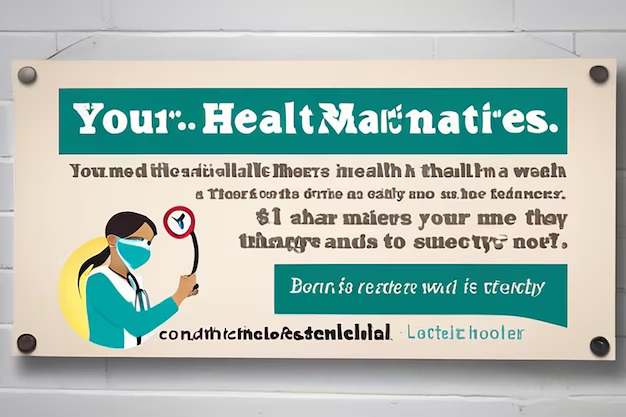Discover the Current Medicare Enrollment Period
Navigating the world of Medicare can be a perplexing journey, especially when considering the various enrollment periods that come and go throughout the year. With different windows for different situations, it's crucial to understand which enrollment period we're currently in to ensure you make the right choices for your healthcare needs.
Understanding the Current Medicare Enrollment Period
As of now, the Medicare Annual Enrollment Period (AEP) is the most relevant time frame for potential or current Medicare beneficiaries. Occurring annually from October 15 to December 7, this window is pivotal for anyone wishing to make changes to their Medicare coverage plans. During the AEP, individuals can:
- Switch from Original Medicare to a Medicare Advantage Plan (or vice versa)
- Change from one Medicare Advantage Plan to another
- Enroll in, or change, their Medicare Part D prescription drug plan
This period is particularly crucial if your healthcare needs have evolved or if you're seeking a plan that better aligns with your current financial or medical circumstances.
Leveraging Government Aid Programs and Financial Assistance
Beyond the intricacies of enrollment windows, understanding the myriad of government aid programs and financial assistance options that can complement Medicare is essential. Navigating healthcare costs, especially on a fixed income, requires strategic use of available resources:
Medicaid: For those with limited income, Medicaid serves as a supplementary safety net to Medicare, providing additional coverage and financial support.
Medicare Savings Programs: These state-run programs help pay for some Medicare costs, including premiums, deductibles, and coinsurance, for eligible individuals.
Extra Help for Prescription Drugs: This initiative assists with Medicare Part D costs and could help significantly for those struggling with medication expenses.
Broadening the Horizon with Educational Grants and Debt Relief Solutions
Healthcare isn't the only domain where financial support is paramount. Broader financial well-being involves exploring educational grants and debt relief options, which can ease various financial burdens:
Pell Grants: If returning to school or pursuing further education is on your radar, Pell Grants offer funds you don’t have to repay, specifically for low-income students.
Federal Student Loans Forgiveness: Explore programs like Public Service Loan Forgiveness (PSLF) that can significantly reduce educational loan burdens for those employed in certain public sector jobs.
Credit Counseling Services: For those seeking to manage or reduce debt, credit counseling offers strategic advice and planning, potentially leading to debt consolidation or negotiated settlements.
Conclusion
Understanding your Medicare enrollment options, coupled with leveraging available financial and educational resources, can lead to more informed choices and potentially improve your overall financial health. Pivoting towards these programs might just provide the support you need in this challenging economy.
🌟 Key Financial Assistance Programs and Opportunities:
- 🏥 Medicaid: Supplementary coverage for eligible low-income individuals.
- 💊 Extra Help for Part D: Reduces prescription costs for qualifying beneficiaries.
- 📘 Pell Grants: Education grants for low-income students.
- 🎓 Student Loan Forgiveness: Debt relief for qualifying public service employees.
- 💳 Credit Counseling: Professional guidance on managing and reducing debt.
Empower your Medicare journey and financial future by tapping into these valuable resources, ensuring you maximize your coverage and minimize your financial stress.

Related Topics
- a Medical Provider That Accepts Medicare Assignment Must
- a Medical Provider That Accepts Medicare Assignment Must Quizlet
- a Medicare Patient Received Treatment That Isn't Covered By Medicare
- a Medicare Patient Receives Treatment That Isn't Covered By Medicare
- a Medicare Supplement Basic Benefit Is Quizlet
- a Medicare Supplement Companies
- a Medicare Supplement Policy Is Quizlet
- a Medicare Supplement Policy Must Not Contain Benefits Which
- a Patient Received Treatment In August Medicare
- Am I Eligible For Medicare